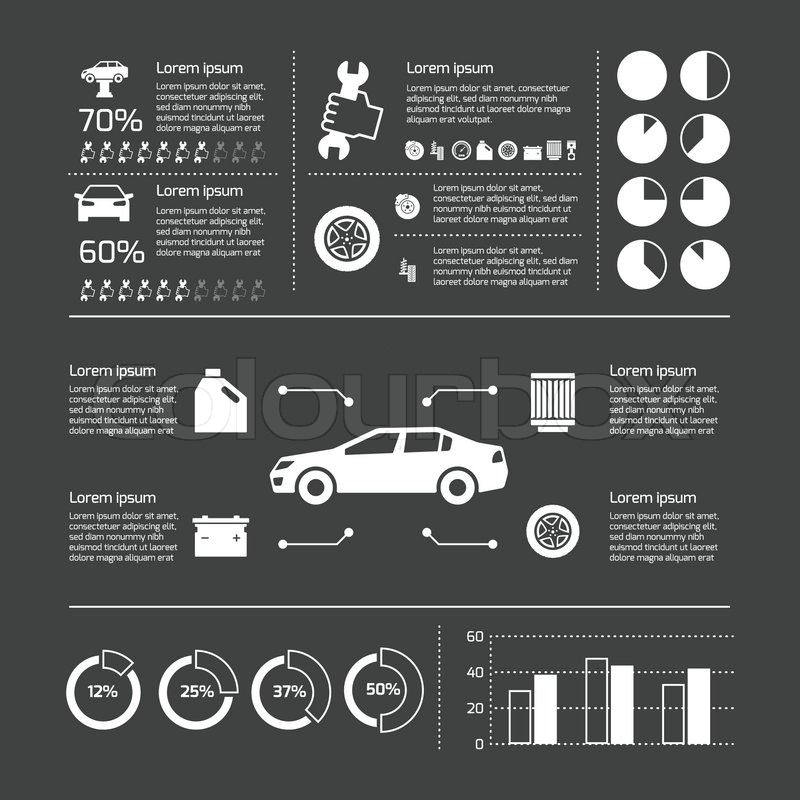Wondering Regarding The Significance Behind Those Control Panel Warning Lights? Gain Understandings Into Their Implications For Your Automobile'S Safety And Upkeep
Wondering Regarding The Significance Behind Those Control Panel Warning Lights? Gain Understandings Into Their Implications For Your Automobile'S Safety And Upkeep
Blog Article
Material Author-Lim Dalgaard
When you lag the wheel, those radiant warning lights on your control panel can be a bit puzzling. Do you know what they're attempting to tell you regarding your cars and truck's health and wellness? Recognizing the relevance of these lights is vital for your safety and security and the longevity of your car. So, the following time among those lights appears, wouldn't you wish to analyze its message accurately and take the needed actions to address it?
Common Warning Lights and Interpretations
Determine typical warning lights in your cars and truck and understand their meanings to make sure risk-free driving.
One of the most typical caution lights consist of the check engine light, which signifies issues with the engine or emissions system. If this light begins, it's important to have your vehicle examined promptly.
The oil pressure alerting light indicates low oil stress, calling for prompt attention to avoid engine damage.
https://instant-oil-change83950.vblogetin.com/35535420/detailing-your-auto-in-under-an-hour-a-basic-guide-for-beginners flashing battery light could recommend a damaged billing system, possibly leaving you stranded otherwise attended to.
The tire stress monitoring system (TPMS) light alerts you to reduced tire stress, impacting automobile stability and gas effectiveness. Overlooking this might bring about hazardous driving problems.
https://www.moneytalksnews.com/7-tips-to-retire-with-a-million-dollar-nest-egg/ indicates an issue with the anti-lock braking system, endangering your ability to stop promptly in emergencies.
Finally, the coolant temperature advising light warns of engine getting too hot, which can result in serious damages if not dealt with swiftly.
Recognizing these common warning lights will aid you address issues promptly and preserve safe driving problems.
Significance of Prompt Interest
Recognizing the common warning lights in your automobile is only the very first step; the importance of promptly attending to these warnings can't be stressed sufficient to ensure your safety and security when traveling.
When a caution light illuminates on your dashboard, it's your cars and truck's method of connecting a prospective issue that needs focus. Disregarding these cautions can result in a lot more serious troubles later on, jeopardizing your security and potentially costing you extra in repairs.
https://ecutuning28405.getblogs.net/62448781/seasonal-car-outlining-tips-preparing-your-cars-and-truck-for-each-season to cautioning lights can protect against failures and mishaps. For instance, a blinking check engine light could indicate a misfire that, if left neglected, might create damage to the catalytic converter. Addressing this quickly can conserve you from a pricey repair work.
In a similar way, a brake system cautioning light may signal reduced brake fluid or worn brake pads, important parts for your safety when driving.
DIY Troubleshooting Tips
If you discover a caution light on your control panel, there are a couple of do it yourself repairing pointers you can attempt prior to looking for specialist aid.
The first step is to consult your cars and truck's handbook to comprehend what the details warning light shows. Sometimes the concern can be as easy as a loose gas cap setting off the check engine light. Tightening up the gas cap might solve the trouble.
One more usual problem is a reduced battery, which can trigger different alerting lights. Examining the battery connections for deterioration and guaranteeing they're safe and secure could deal with the problem.
If a caution light lingers, you can attempt resetting it by detaching the vehicle's battery for a couple of mins and afterwards reconnecting it. Furthermore, examining your vehicle's fluid levels, such as oil, coolant, and brake liquid, can help troubleshoot advising lights connected to these systems.
Conclusion
In conclusion, understanding your automobile's warning lights is crucial for keeping your vehicle running efficiently and safely. By quickly dealing with these informs and knowing what they indicate, you can stay clear of pricey repair services and possible break downs.
Remember to consult your vehicle's manual for particular information on each alerting light and take action as necessary to guarantee a hassle-free driving experience.
Stay educated, stay risk-free on the road!
